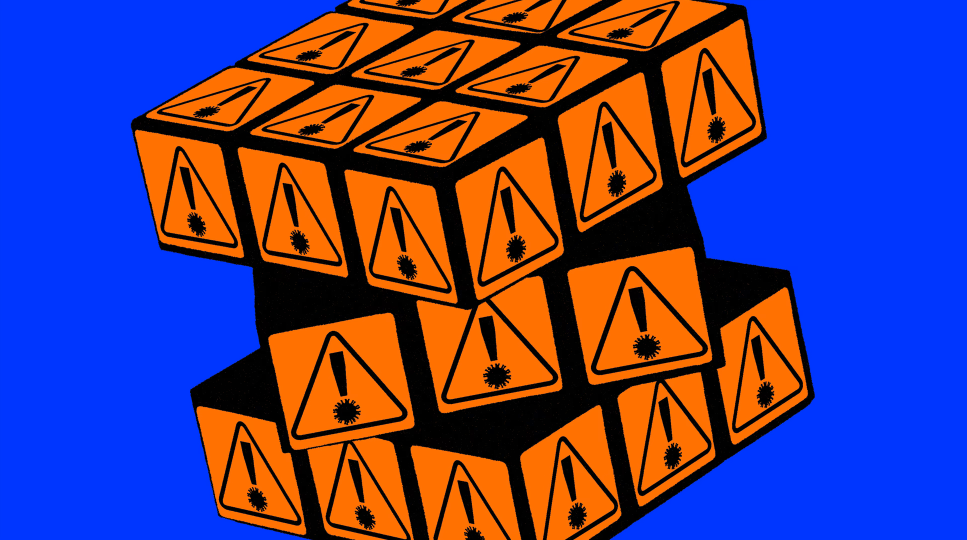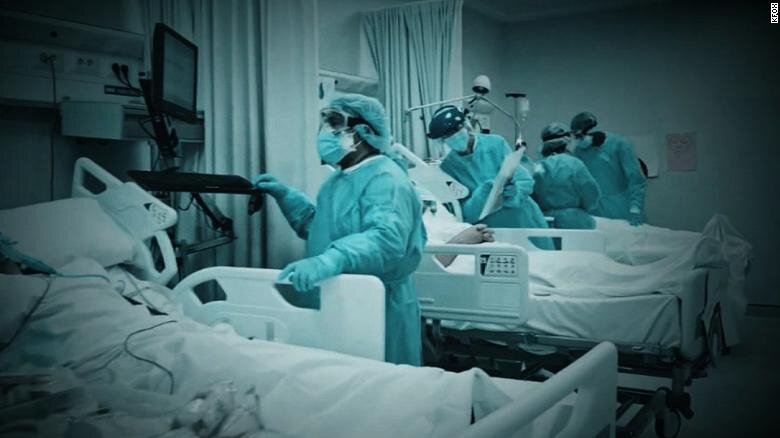
Authoring UVC and Far UV Disinfection Blog Posts using AI with #ChatGPT & #DALL·E
The blog posts published below were entirely authored by ChatGPT. ChatGPT is an open-source AI chatbot framework that uses GPT-3 language model to generate responses that are all based on user input. We took blog topics that Covspect has previously published blog posts on and had ChatGPT create comparative blog posts and the results were somewhat simple, but overall, accurate and truly impressive! All images used in the below posts were all exclusively generated by AI using DALL-E.
The blog posts published below were entirely written by ChatGPT. ChatGPT is an open-source AI chatbot framework that uses GPT-3 language model to generate responses that are all based on user input. We took UV-C-focused blog topics that Covspect has previously published blog posts on and had ChatGPT create comparative blog posts and the results were somewhat simple, but overall, accurate and truly impressive! All images used in the posts were all exclusively generated by AI using DALL-E.
This remarkable AI tool can be used to create unique and engaging written content. One of the key features of ChatGPT is its ability to generate content that is both accurate and coherent. This is made possible by the underlying GPT-3 language model, which has been trained on a massive amount of text data and has the ability to generate human-like responses to a wide range of inputs. This makes it well-suited for creating content that is useful for technology and biotech content creators. We found that all of the data referenced in the articles were accurate, however, the information was very high-level and lacked granularity. There were no lab reports or references to scientific journals. Please check out ChatGPT’s UV-C-focused blog posts below, and maybe these ChatGPT bots can teach you a thing or two!

UV-C Is Gradually Replacing Conventional Processing Techniques To Create New Prospects For The Food & Beverage Processing Industry
UV-C light that we use as a germicide disinfection technology due to its specific wavelength’s (200 – 280 nm) effectiveness at inactivating microorganisms – making it ideal for decontamination applications in the food and beverage industry.

Cannabis Cultivation Facilities: Far UV and UVGI’s Role In Protecting Crop Yields
Cannabis Cultivation Facilities: Far UV and UVGI’s Role In Protecting Crop Yields

UV-C: The most Efficient way to Mitigate the Spread of Disease in Homeless Shelters & Prisons
The homeless community is society’s most vulnerable group because they do not have access to the same hygienic indoor spaces, or sanitation that the housed have access to. Homeless persons die from illnesses that can be treated or prevented. Crowded, poorly-ventilated living conditions, found in many shelters, promote the spread of communicable diseases. Federal, State/Provincial and Municipal governments should be investing in disinfecting our shelters with UV-C. Let’s do more to protect the unhoused, and mitigate the spread of disease by mass deploying enclosed UV-C, or Far UV upper room lighting devices to our homeless shelters.

UV-C Air Treatment Brings A Bright Future to Cannabis Producers’ looking to Mitigate Powdery Mildew
UV-C ultraviolet light, and air filtration is the most efficient way to remove airborne fungal spores, and mold for cannabis producers.

Far-UVC Light will Revolutionize Indoor Air and Surface Treatment
Far UV-C, informally defined as electromagnetic radiation with wavelengths between 200 and 230 nm, has characteristics that are well-suited to control of airborne pathogens. Specifically, Far UV-C has been shown to be highly effective for inactivation of airborne pathogens; yet this same radiation has minimal potential to cause damage to human skin and eye tissues. Critically, unlike UV-B, Far UV-C radiation does not substantially penetrate the dead cell layer of skin (stratum corneum) and does not reach germinative cells in the basal layer. Similarly, Far UV-C radiation does not substantially penetrate through corneal epithelium of the eye, thereby preventing exposure of germinative cells within the eye.

UV-C: A key solution to helping facilities managers deal with covid as an endemic

Protecting students today for a cleaner tomorrow with UV-C

How UV-C can help Disinfect and be Incorporated into your existing Cleaning Services

The Lancet: Immunity in the Unvaccinated Lasts 3-61 Months

The Typical Smartphone has 25,127 Bacteria per Square Inch

Infectious diseases expert: 'Zero COVID is not a reasonable proposition medium to long term'

NRx and Israel Developing Covid-19 Vaccine to Attack Variants

Vaccines Are Less Effective Against Delta—And Pfizer’s Protection Wanes Rapidly—But Are The Best Way To Protect Against Covid, Large Study Finds

The Atlantic: The Coronavirus Could Get Worse

CBC: Does delta cause more severe COVID-19? Here's what we know — and don't

Reuters: U.S. coronavirus hospitalizations hit eight-month high over 100,000

Insider Paper: ‘Covid-22’ could be more deadly than Delta, expert claims
It all begins with an idea.

Nature: How the coronavirus infects cells — and why Delta is so dangerous
How the coronavirus infects cells — and why Delta is so dangerous

